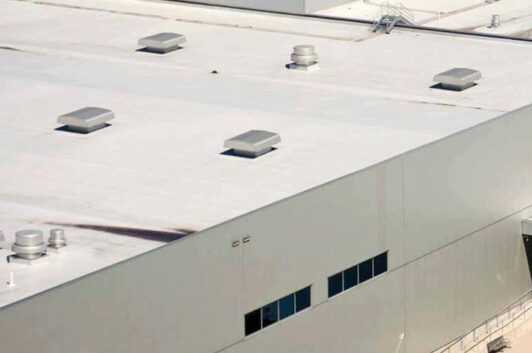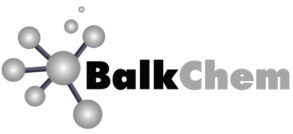
Introduction
The expanding residential building market has placed a higher demand on electricity for cooling in warmer climate regions. This demand has created opportunities for coatings companies to investigate solar heat reflective coatings as a means to combat the increasing energy costs. Two popular areas being investigated in the architectural arena are roof and wall coatings. Typically, solar heat reflective coatings are characterized by a high solar reflectance and high emittance values in the thermal infrared region. Waterborne white elastomeric and aluminum pigmented asphalt are two types of coatings used for this evolving market. There are many binder types within the elastomeric class. This study focuses on utilizing a 100% acrylic-based binder in a white pigmented formulation.
Solar reflectance for external surfaces
- The spectral distribution for solar irradiance is divided into three regions: UV (200–400 nm—5% of sunlight energy), Visible (400–700nm—45% of sunlight energy) and Near-IR (700–2500 nm—49% of sunlight energy and felt as heat).
- Approximately 96% of the sunlight’s radiation falls in the 400–2500 nm range, so analysis of the data in this region is of particular interest.
- Solar reflectance values are typically >80% for coatings formulated specifically as “cool” roof paints, which means they absorb and/or transfer <20% of the incident energy.
Ask for the complete research

